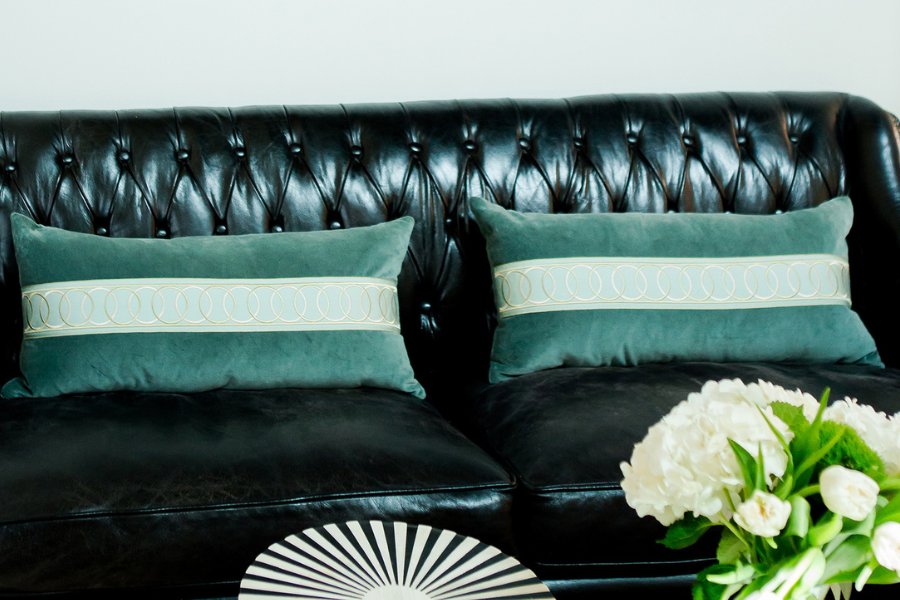You’ve probably heard interior designers on TV or in magazines talk about adding texture to their design plans, but what does that truly mean? How exactly do you best create texture in your Denver, Colorado home? Explore top tips with Kate Hartman Interiors, an interior designer in Denver.
Using Texture In Interior Design
Texture is more than just how fabrics and furnishings feel, it’s also about creating visual texture with different fabrics and materials to add interest and create interest in a space. Texture can make a space feel warm and inviting. Without it, the design of the room will fall flat.
What Is Texture In Interior Design?
Interior designers in Dever create texture to a space by using tactile objects– fabrics, wood, stone, and other materials to add comfort and visual interest to a space. It’s a crucial element of interior design to keep it from falling flat or appearing one-dimensional. Adding in texture can make a space appear inviting and warm. Interior designers will use texture to add visual weight- how an object takes up space in a room and draws attention to itself.
Textures can be rough, smooth, shiny, bumpy, matte, glossy- really anything out of the ordinary. Texture can be added in fabrics- by using different rugs, pillows or blankets, wall coverings- like wallpaper or faux-painting and flooring- adding stone or wood.
Mixing materials– like having a wooden mantle on a stone fireplace, and layering– adding pillows and blankets on a couch, are two good examples of creating texture is key to making textural elements work in space.
Glossy surfaces, like chrome, glass, leather, and marble can give a room a sleek and modern appearance. Rough surfaces like terra cotta, natural stone, and natural wood can create a more rustic appearance.
How to Add Texture in Your Space
Interior designers in Denver use texture within their designs to create a specific feel in the space. For how to add texture in your most popular spaces, here are our top tips:
- Use fabrics to create texture: try mixing different fabrics like velvet, linen and leather. Mixing different fabrics can create a layered look. Rugs are another easy way to add in different fabrics to a room
- Add purposeful accessories: accessories can be added to any room to create texture. A knitted throw across a chair or at the foot of the bed is an easy way to add texture. Cushions on dining room chairs or bar stools are a great way to add texture to those spaces. Even items like your cabinet hardware can add texture to your kitchens and bathrooms
- Don’t neglect the bathroom: it can be easy to overlook the bathroom, but it’s the space where you get ready for the day and unwind at night, so you want it to be warm and inviting. To add texture here, consider adding natural elements- like wood and stone to create texture and mix with glossy finishes on countertops, windows, and plumbing fixtures. Adding in fabrics with shower curtains, rugs, and towels are all ways to create texture
- Play with light: how do you brighten up a space? You add, or sometimes create, light. While lighting can’t be physically felt, it can be one of the biggest contributors to texture. In rooms with darker colors and furnishings, use lighting as a form of texture to create warmth. Fluorescents tend to be harsh while you have more options with bulbs. Adding lamps with different fabrics and materials on the shades can create tactile texture.
The Importance of Texture In Interior Design
After understanding what texture is in interior design and how to incorporate it in your home, you can start to see why it’s an important element in design. A room can have a great color scheme, lots of comfortable furniture, and unique decor items, but can still fall flat if there is not enough texture to create dimension. Texture can provide balance by allowing important design elements to pop. It can help create a focal point to strike the perfect balance between different elements. Texture can provide visual weight. Healthy use of texture can add value. Deciding the texture you want to add can help you discern the visual weight needed.
Create Texture With Kate Hartman Interiors
Without an interior designer, it may be easy to overlook the intricate nature of texture in a space. That’s why our team at Kate Hartman Interiors has years of experience helping homeowners use texture to create warm and inviting spaces. If you’re ready to update the texture in your home, contact us online today to get started.

